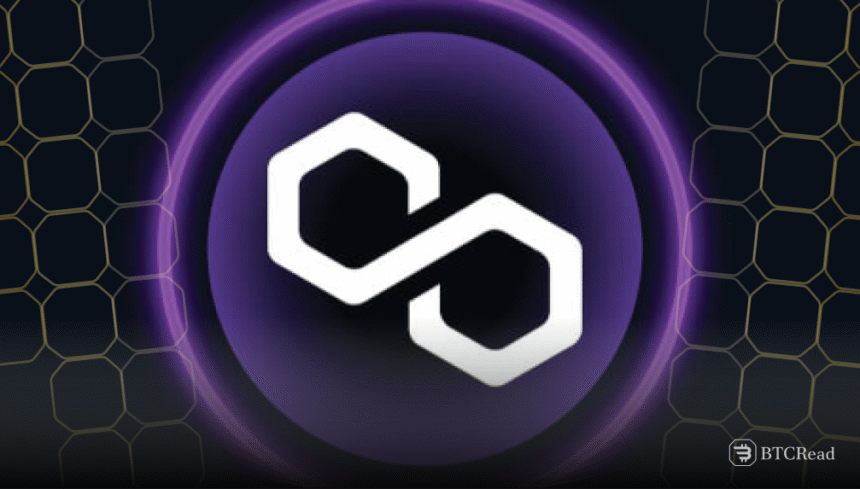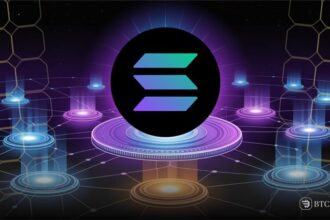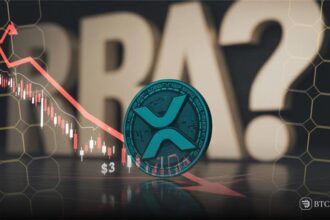Polygon kicked off Q1 2025 with significant improvements, specifically the release of pessimistic proofs to the Agglayer mainnet in February, which is transforming cross-chain security.
This infrastructure guarantees the correctness of updating chains, the accuracy of tracking assets, and blocking withdrawals of unbacked assets, introducing enhanced protection to the entire network.
Pessimistic proofs deliver a specific capability by combining chains with various security models, offering developers and consumers safer network-to-network collaboration.
Agglayer experienced fast take-up in Q1, with some of its most significant integrations ranging from infrastructure to user applications, all evidencing wide demand. Tria integrated its all-VM chain abstraction stack on the 7th of January, facilitating easy access to liquidity within the EVM, Solana VM, MoveVM, and others.
On 5th February, SOCKET Protocol joined, enabling developers to build cross-chain decentralized apps asynchronously without using conventional bridges.
It was followed by Karate Combat’s joining on 19th February, taking its KARATE token to multiple chains, followed by Rome Protocol integration on 25th February, simplifying cross-chain messaging from Ethereum to Solana.
Active addresses on Polygon PoS increased 4.4% quarter-on-quarter to average 546,000 during Q1 2025. Average transactions grew 8.0% to 3.4 million and represent growing interest in stablecoins, NFTs, and DeFi.
Polygon stablecoin supply surges to $2B
However, Polygon PoS stablecoin supply grew 23.3% to reach $2 billion, solidifying it as the most active category. Total value locked in DeFi ended the quarter at $744.8 million, with Spiko and QuickSwap each increasing TVL by 28.9% and 72.5%, respectively, to further bolster decentralized finance.
Polygon’s NFT activity spiked in Q1, with its average trading volume growing 68.2% to $1.4 million. Courtyard’s March revenues reached $56.5 million, a 439.5% increase from December 2024, and Pokémon’s NFT sales comprised $28.9 million, which is 51.2% of March revenues.
The success of Courtyard reflects the popularity of tokenized collectibles, giving out 701,000 Pokémon cards to 13,000 owners within the quarter.
Polygon’s gaming segment bounced back well, with the number of daily active gaming addresses improving 10.8% to 29,800 and the number of daily gaming transactions improving significantly by 171% to 146,900. Yet, the average of the number of new addresses decreased 16.2% to 88,700, indicative of some delay in onboardings.
Nonetheless, despite pressure from the market, POL (previously known as MATIC) ranked as the second-largest Ethereum Layer-2 token by market cap, even after reducing by 54% quarter-on-quarter to reach $1.7 billion by March 2025.







